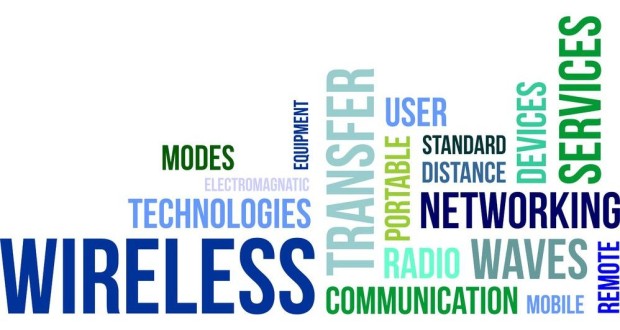While you may not be familiar with the term “electromagnetic radiation,” you can rest assured that you probably encounter it many times throughout the day ‒ this type of energy can be found in both your home and office, and maybe even in your own pocket. Though it is very common in the modern world, researchers are still not completely sure how this type of radiation affects the body.
Radiating Energy
In short, the term “electromagnetic radiation” refers to the energy emitted by the movement of particles with an electrical charge. This energy travels in the form of waves, and is utilized and released by all common appliances and gadgets; in other words, your TV, laptop, cell phone, and radios all give off electromagnetic radiation.
So how does this radiant energy impact your health? The full answer is still not entirely clear. Specifically, researchers have recently examined the health-related effects of electromagnetic radiation from cell phones.
Stressed Out
A 2013 Israeli study unearthed a possible link between cell phone use and cancer risk. Authored by a team from Tel Aviv University, the report reached this conclusion after studying the salivary glands of 40 participants. Half of these subjects frequently used mobile phones, spending almost 30 hours per month on cellular conversations. At the time of the study, these 20 individuals had been using mobile phones for an average of 12½ years. For a control group, the authors selected people who were highly unlikely to talk on mobile phones ‒ 20 deaf subjects.
Before analyzing their study’s participants, the research team theorized that the heavy-users’ salivary glands might yield evidence of increased cancer risk. Since cell phones are typically placed closed to our saliva-producing organs during conversations, there was good reason to think that they might show signs of damage. And sure enough, the authors reported that the heavy-use group exhibited a significant increase in all indicators used to measure oxidative stress.
Essentially, oxidative stress is a process in which free radicals inflict damage upon the body’s cells. It is believed to be a risk factor for cancer, a fact which explains why the researchers carefully gauged the presence of this chemical imbalance among their subjects. The warning signs of oxidative stress were much less pronounced among the control group.
By itself, the University of Tel Aviv study does not prove that an indisputable link exists between cancer risk and cell phones. It does, however, bolster the argument that using such devices over a long period of time may have serious repercussions for human health. Furthermore, the study might lay the groundwork for future research on this topic.
Hitting Below the Belt
Roughly a year later, another study determined that cell phones might be responsible for some other undesirable health issues ‒ though of a much different (and much more embarrassing) nature. This report, which was penned by researchers from the University of Exeter, found that men could negatively affect their sperm quality by storing mobile phones in their pants pockets.
The research team reviewed data from nearly 1500 men, information supplied from a collection of ten previous studies. The September 2014 issue of the journal Environmental International featured the authors’ findings. Three distinct criterion were used to judge the condition of the men’s sperm:
- How many sperm could properly swim towards an egg, referred to as sperm motility
- The fraction of living sperm cells in a given sample, known as sperm viability
- Sperm concentration, or a given sample’s total quantity of sperm
To get a clearer picture of the relationship between mobile phones and sperm health, the authors divided the study participants into two categories. One group either spent an hour or more per day using their phones, or had their sperm placed in a laboratory and exposed to radiation for over an hour. Conversely, the other set of men either devoted less than an hour each day to cell phone use, or submitted samples that received less than sixty minutes of radiation exposure.
Among men in control groups, the authors noted that 50 to 85 percent of sperm displayed normal levels of motility. For men who regularly kept their phones in their pockets, however, the range of normal sperm movement was 42 to 77 percent, or an 8 percent difference. Likewise, a similar gap was observed between the groups’ levels of sperm viability. Men who were subjected to cell phones’ electromagnetic radiation had 9 percent lower viability readings. Unlike the other two traits used to judge sample quality, the effect of mobile phones on sperm concentration was rather murky; a simple analysis indicated these devices lowered concentration readings, whereas a more thorough examination appeared to find no meaningful difference.
Given the results of their study, the authors believe that numerous men might be unknowingly causing damage to their sperm, and with it their chances of becoming a father. If cell phones do indeed affect the quality of sperm cells, this research could be especially important to men at risk of infertility. One of the report’s five authors, Dr. Fiona Matthews, stated in a press release that the study “strongly suggests that being exposed to radio-frequency electromagnetic radiation from carrying mobiles in trouser pockets negatively affects sperm quality. This could be particularly important for men already on the borderline of infertility, and further research is required to determine the full clinical implications for the general population.”
 Natural Knowledge 24/7 Educate yourself with nutrition, health and fitness knowledge.
Natural Knowledge 24/7 Educate yourself with nutrition, health and fitness knowledge.






